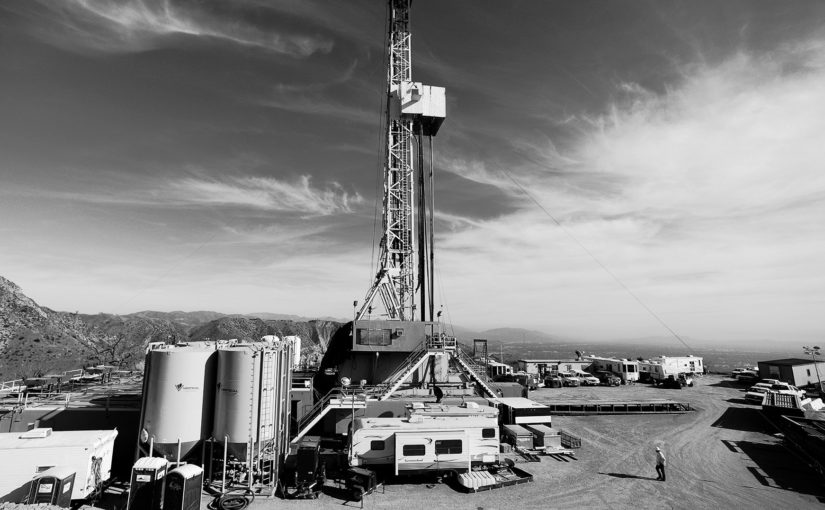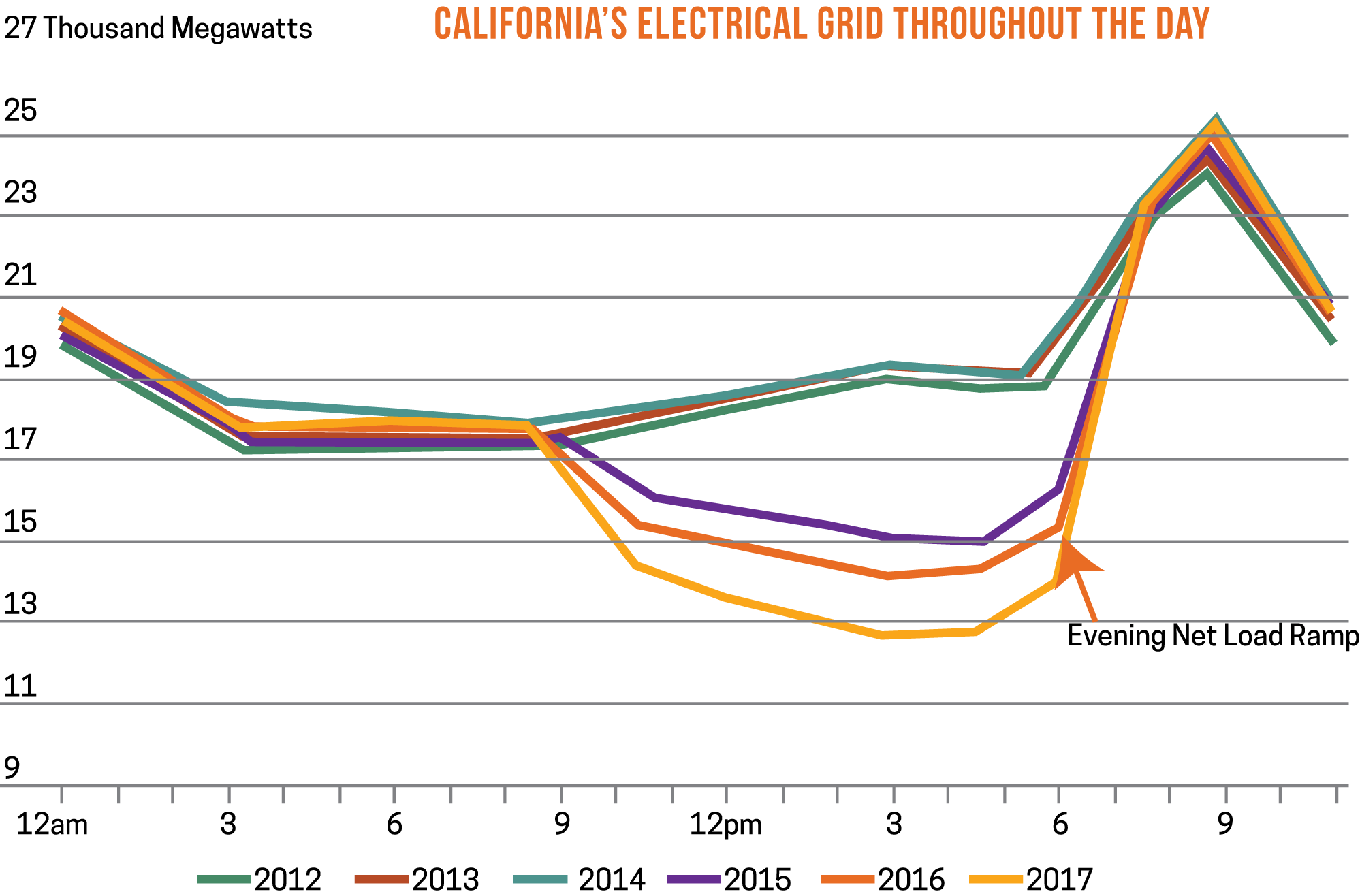What the Worst Gas Leak in US History Means for Demand Response in California this Summer

Demand response participants will play an essential role in keeping Southern California’s energy grid stable this summer. Here are a few reasons why and a few insights on how DR customers can position themselves for a successful season.
The leak at Aliso Canyon has consequences for energy supply in California.
In October 2015, Aliso Canyon— the largest natural gas storage facility in California—suffered a leak in the LA Basin/Porter Ranch area, resulting in the emission of more than 97,000 metric tons of methane. To put the tonnage in perspective, the leak produced enough methane gas each day to fill a balloon the size of the Rose Bowl. The leak was plugged after 112 days.
The fallout has proven costly for the natural gas infrastructure in Southern California. According to the “Aliso Canyon Risk Assessment Technical Report,” the leak reduced Aliso Canyon’s gas stores to less than 20% of its capacity.
Low capacity means high risk for blackouts this summer.
The drop in capacity could cause trouble for the 17 natural gas generators served by the Aliso Canyon facility if (and when) electric demand is high this summer. The Assessment Report also warns that millions of California customers may suffer an interruption in electrical service during as many as 14 days this summer when demand is expected to be at its highest.
The grid will be at its most fragile in the evenings when the sun sets, causing a drop in available solar resources. The drop in solar coincides with a spike in demand as people come home from work and flip on their air conditioning.

Demand Response will help grid reliability.
The joint agencies that produced Aliso Canyon Assessment Report have also drafted an Aliso Canyon Action Plan that calls for, among other mitigation strategies, demand response to help keep the grid stable in the LA Basin this summer.
California’s Base Interruptible Programs (BIP), in which participants provide load reduction on a day-of basis in Southern California Edison’s (SCE) and Pacific Gas and Electric’s (PG&E) service territory, allows for fast dispatching of emergency resources and is therefore expected to be heavily utilized to alleviate grid stress in Southern California this summer

How energy prices may trigger key curtailment programs:
Summer electricity prices may climb high enough to trigger SCE’s Aggregator Managed Portfolio (AMP) program, as well as statewide Demand Response Auction Mechanism (DRAM) programs, which aim to offset grid stress and avoid potential blackouts by reducing load via demand response.
Due to the high amounts of solar and other renewable generation available in California during the call hours of these programs, overall energy prices are not as tightly correlated with natural gas as they can be in other states.
The gas shortage caused by the leak at Aliso Canyon will drive heat rate levels in the LA Basin. This will cause natural gas heat rate triggered programs like CAISO’s Capacity Bidding Program (CBP) in PG&E to have a potentially higher instance of calls this summer.
Preparation is the key to successful demand response.
This summer, more so than in previous seasons, demand response will be a crucial component of grid reliability! When the grid sends out its distress notice, time will be of the essence to avoid blackouts. Make sure your curtailment plans are in place and your curtailment personnel are at the ready.
CPower can help answer any questions you may have to help you prepare for the summer season. Click HERE to contact our California team.


